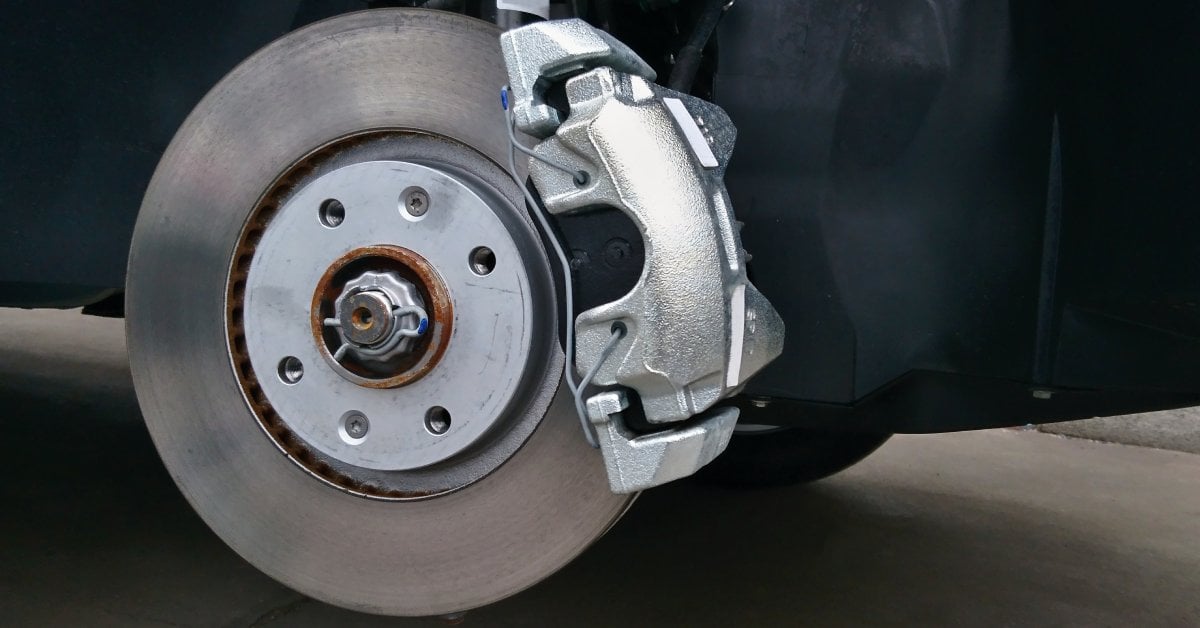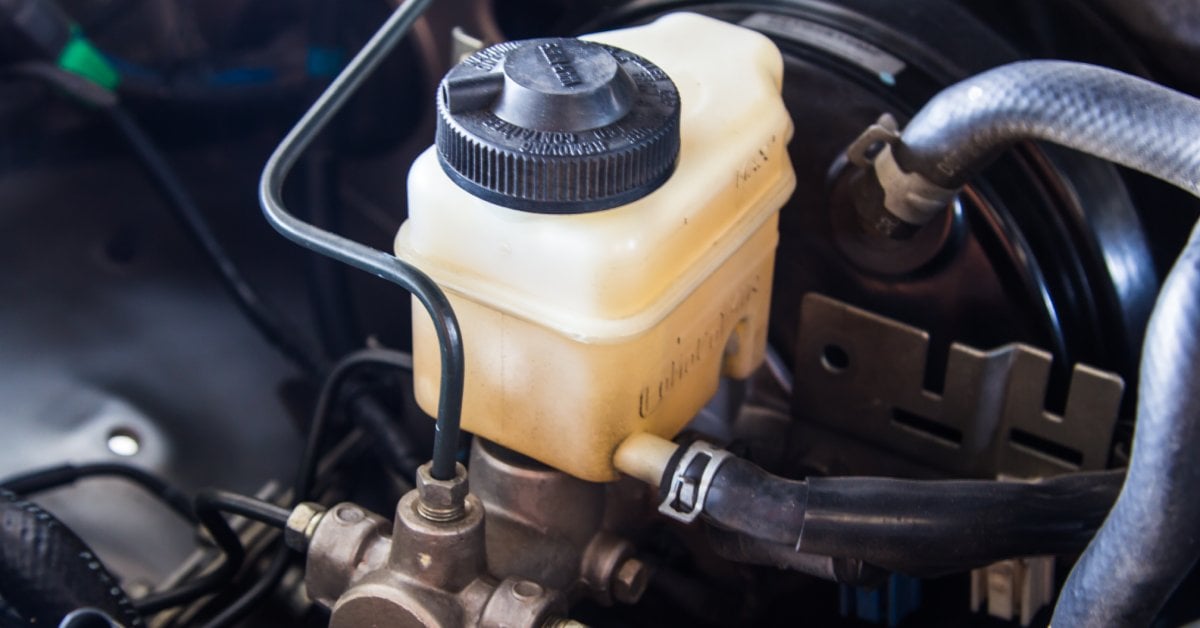Brakes are something that many vehicle operators tend to take for granted. Inherently, there’s nothing wrong with that. When you press the brake pedal, there’s a reasonable expectation for the vehicle to come to a stop. The real issue here is that not enough people understand how this process works, which is what leads to them taking the system for granted.
We’re here today to help people better appreciate what their brakes do for them every time they use them by going over the main components of a brake system. By reading through this guide, you’ll have a better understanding of how your brakes work, which will likely come in handy someday.
The Main Components
While brakes might look fairly simple on the surface, they’re actually quite complex, and that’s mostly due to the number of parts they use. In this section, we’ll cover the main components of disc brakes since these are used in a majority of vehicles on the road today. By going over each part separately, you’ll be able to better understand the finer details of what makes your brakes work reliably each time.
Brake Calipers

Calipers are the main component of brake systems. This is the piece that performs the clamping motion that brings your wheels to a stop. They do this by using hydraulic pressure to tighten the harder you press down on the brake pedal. Each vehicle will typically have four calipers, one for each wheel. While this isn’t always the case, it’s pretty rare to have fewer than four. When pressing the brake pedal, all four work simultaneously to bring your car to a halt.
Disc Plates
Each car also has four disc plates. These are the circular hunks of metal that calipers grip onto in order to slow your vehicle down. They are connected to your car’s axle and spin at the same rate as your wheels. That means stopping the disc will also stop your wheels. Disc plates can be made of cast iron, carbon-ceramic, or composite materials. The latter two options are lighter than cast iron, making them ideal for performance, but the affordability of cast iron is what keeps this common among average drivers.
Brake Pads
Brake pads are easily the most important component of your brake system that we’ll talk about in this guide. That’s because they’re the part of your calipers that grind up against the disc plates to slow your vehicle down. Without them, stopping in a reasonable amount of time would be nearly impossible. Brake pads can be made with a variety of materials. Most boil down to three simple categories: organic, semi-metallic, and ceramic. Organic brakes tend to be quieter than semi-metallic, while semi-metallic ones offer better stopping-power than organic. Ceramic offers the best of both worlds, only at a slightly higher price.
Brake Fluid
Before, we mentioned that calipers use hydraulic pressure to tighten themselves. In order to achieve this, your vehicle needs access to brake fluid, which is stored in a separate reservoir. The brake fluid is sent where it needs to go through dedicated brake lines that run through your car. The entire system is pressurized in order to offer the hydraulics needed to perform the braking function, so cracks and gaps in the system can be detrimental to your vehicle. Fortunately, the reservoir and lines are quite resilient.
Master Cylinder

An important thing to note is that even though the calipers are the component that utilizes hydraulic pressure to perform a successful stop, they aren’t the part that actually creates this pressure. That falls on the master cylinder. This part is what activates when you press down on your brake pedal. When doing so, the cylinder pushes a piston through the main compartment that’s full of brake fluid in order to initiate the hydraulic pressure. If this part fails, you won’t have working brakes. Fortunately, master cylinders are made to last the entire life of a vehicle, meaning it’s a component you’ll rarely have to worry about as a car owner.
Brake Booster
Last but not least, we have the brake booster. This component is equivalent to power steering for the driver wheel—it makes it easier for you to apply your brakes without the need for excess force. The brake booster achieves this by multiplying the pressure applied by the pedal to force enough compression on the master cylinder to stop your car. It does this by using a vacuum created by your car’s engine. The specifics here get a lot more complex, but these are the basics of the system that lead to you not having to slam on the brakes every time you stop.
Why These Components Are So Crucial
While the argument could be made that some of these components are more important than others, one thing is for certain: missing any of these parts will lead to your car being unable to stop. Since we’re sure you understand why a car that can’t stop is a bad thing, we can’t understate how important each and every one of these parts is. Without them, your car would essentially be inoperable.
What To Do If Any of Them Stop Working
If you ever notice that your brakes aren’t bringing your vehicle to a stop as quickly as they used to, there could be an issue with any of these components we’ve gone over today. More often than not, it’ll likely be due to worn-out brake pads and disc plates. Still, it’s never a bad idea to get a professional’s opinion. If your calipers or master cylinder are failing, you’ll want to know as soon as possible so you can take proper action to remedy the situation.
If the lack of brake power is due to something as simple as worn-out brake pads, WheelerShip is here to help. While we may be known for our vast selection of wheels and tires, we also have a decent selection of high-performance brake pads for sale, and rotors, too! If you remember, we mentioned that ceramic pads are the best type available, and that’s exactly what we sell. While we mentioned that they tend to be more expensive than organic or semi-metallic, we’re proud to offer ours at a remarkably low price. That means you can rest easy knowing you have the best brake pads available while not breaking the bank to get them.


